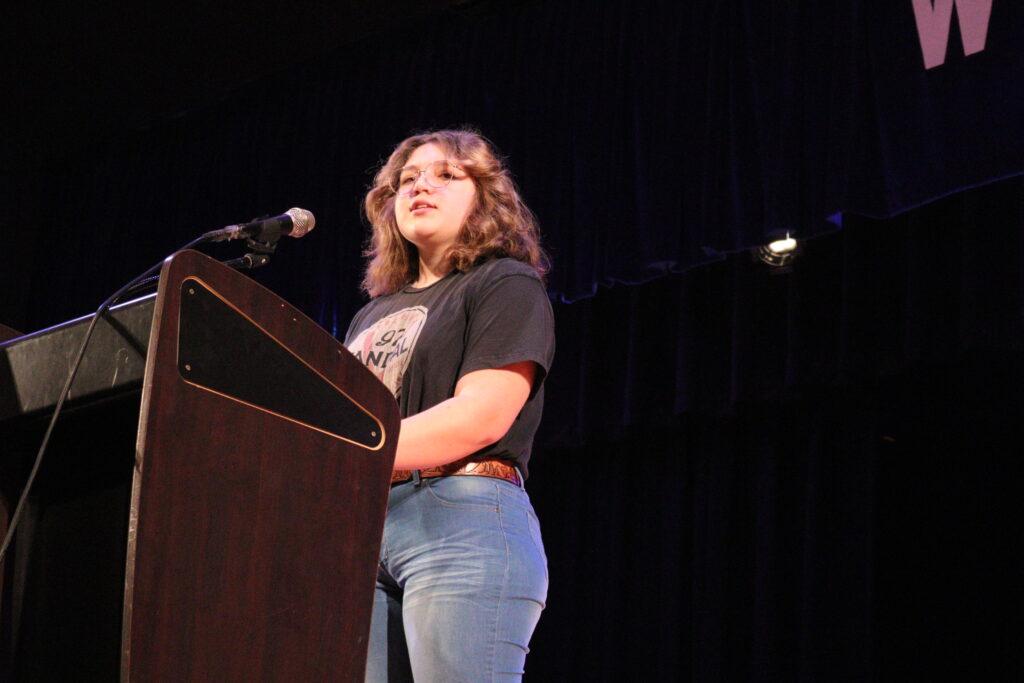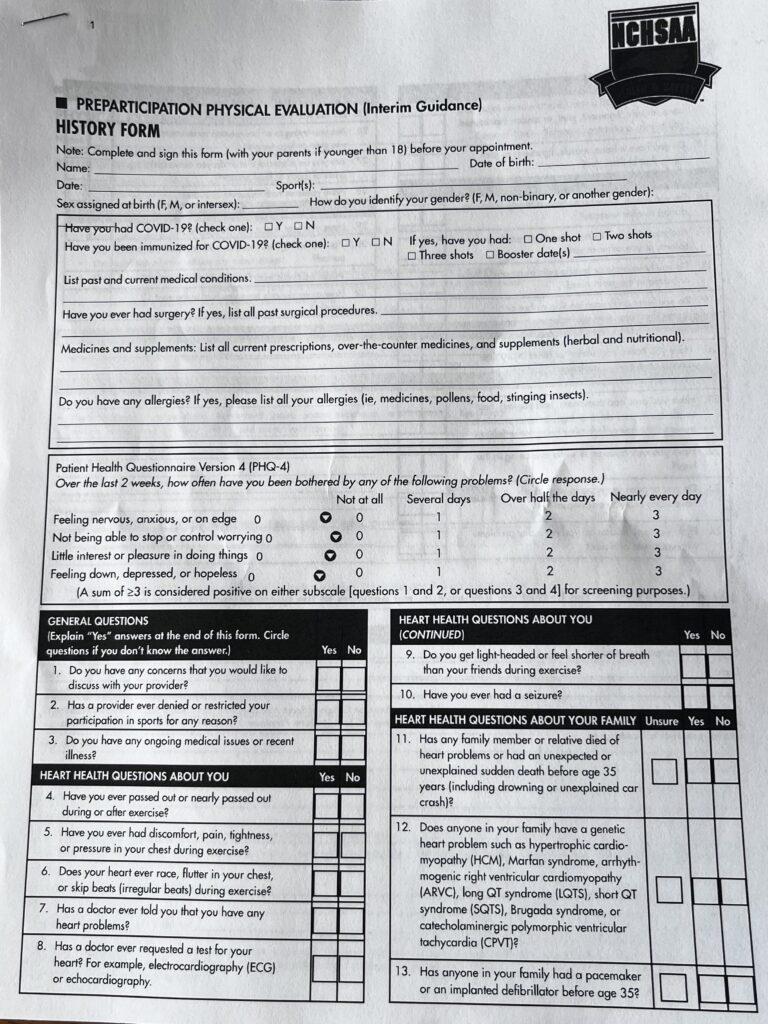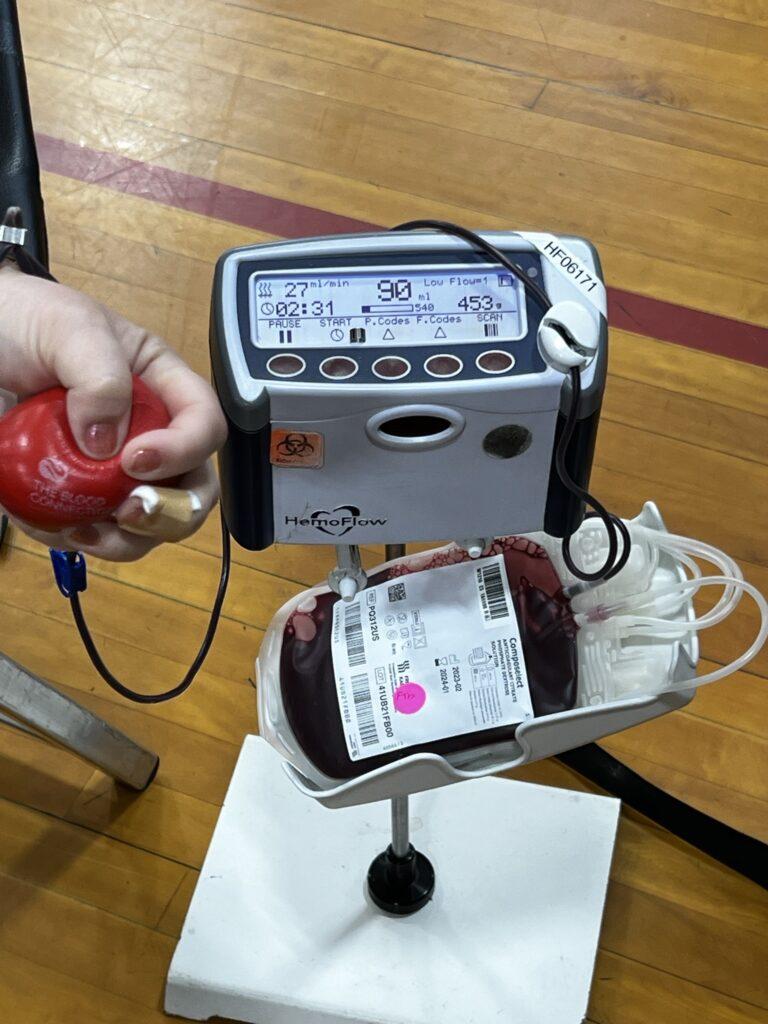After logging into Facebook, freshman Grayson Ross saw multiple posts about the victims of autism and cancer. As he clicked “like” for each of them, he immediately got a good feeling — he had just raised awareness for important causes. Or had he?
Social media has changed the way people interact with each other and the world around them.
“Slacktivism” and “clicktivism” are new words being thrown about by the media. Slacktivism is trying to do the most minimal act a person can in an attempt to make a difference. The act of clicking “like” or sharing something on Facebook gives some people the impression they are actually making a change. In reality, clicking on something or posting online has little to no effect on the actual cause.
Covering almost all social media today are posts saying, “If this picture gets 1 million likes my dad will stop smoking” and “Share if you hate cancer.”
Many teenagers will share, like and post about all of these topics believing they have made a big difference. The act of clicktivism is literally just that, clicking on a button.
Other forms of slacktivism include wearing articles of clothing or jewelry that promote a cause. While buying a “Livestrong” bracelet includes a donation, it is a small amount of money and a minimal effort.
Another way to raise money is to wear a specific color shirt on a specific day or in a specific month.
“My little brother has a disease called Kawasaki,” Grayson Ross said. “It causes an aneurysm in the heart and coronary arteries. It is easier for him to have a heart attack, and he has to be homeschooled because of it. I have done a bunch of events to raise awareness for that. One day out of the year you are supposed to wear red for Kawasaki.”
The University of British Columbia did a study on public and private slacktivism to see how deeply the person would engage with the cause. The final conclusion showed that doing a more private act of slacktivism would cause an individual to engage deeper with the subject while a public act of slacktivism did not impact how deeply the person would act later on.
Activism, such as writing a letter to a public figure, would mean a person had put more time and effort into a cause than clicking the “like” button. A public act of slacktivism, such as posting on social media, is most commonly used to give more attention to the person that posted it than the organization itself.
Slacktivism, also known as armchair activism, is not considered to be an entirely bad thing. While the person participating in this type of activism is not putting a lot of money toward the cause or participating in hours of volunteering, it is creating awareness.
A study at Georgetown University proved that people who post on social media are twice as likely to volunteer their time. Of the people that do not post, only 15 percent volunteer, while 30 percent of people who click “like” will also volunteer and participate in walks and events.
Slacktivism may raise awareness, but that is all it does, according to researchers at Georgetown University. More than 70 percent of people who click “like” stop there. One of the reasons people help others is the feeling of accomplishment. Once individuals have shown their support through social media, some feel like that is enough. “Look, if you make a Facebook page we will ‘like’ it,” comedian Seth Meyers said. “It’s the least we can do. But it’s also the most we can do.”
Dan Ariely, a behavioral economist, asked people to type in five minutes as many X-Y pairs as possible and they would donate for each pair that was typed.
On average, people typed around 500 pairs a minute. It sounds like a lot, but when people were told that their results were going public the average jumped to 900 pairs a minute. The act of being compared to other people is more encouraging the the actual act of donating.
Slacktivism is both positive and negative. Even though the awareness for organizations has expanded, the number of volunteers and donations has plateaued. The Georgetown University research and the study by Ariely show that by creating a little more friendly and public competition there will be an increase of activists and a decrease of slacktivists.
By Charlotte Grush













